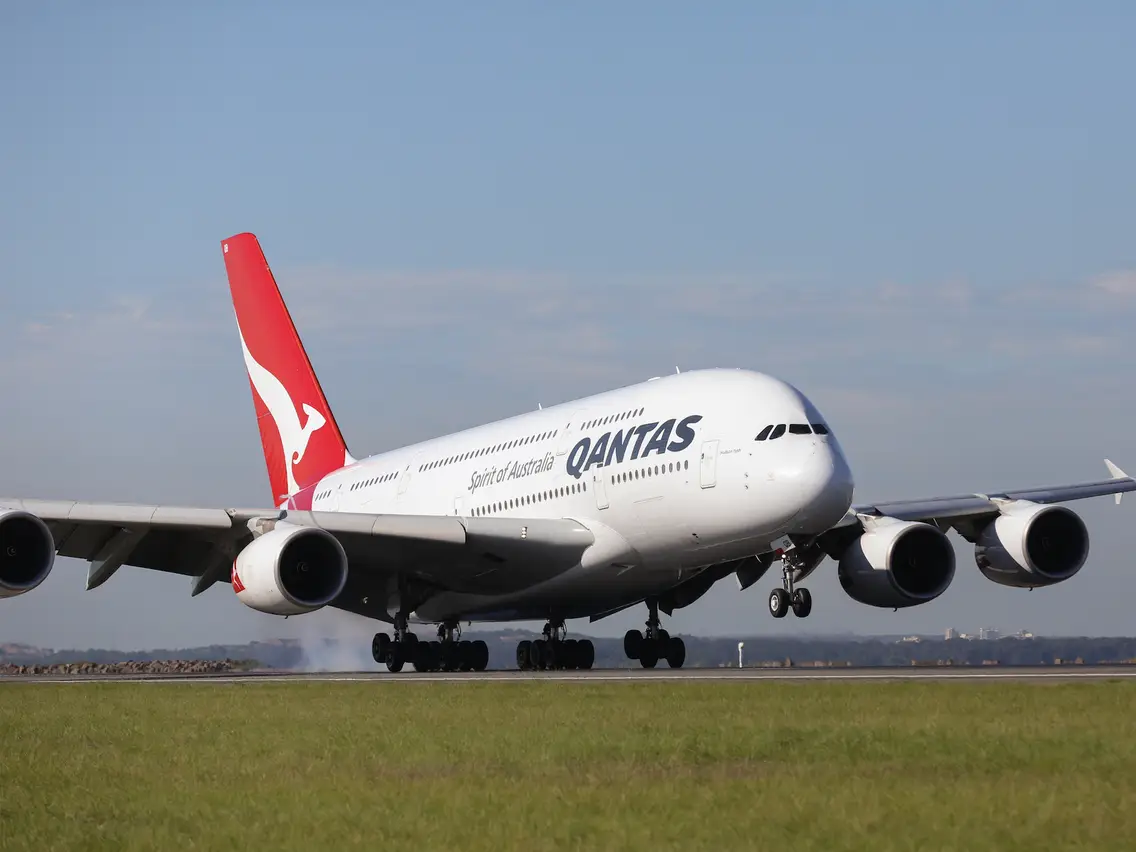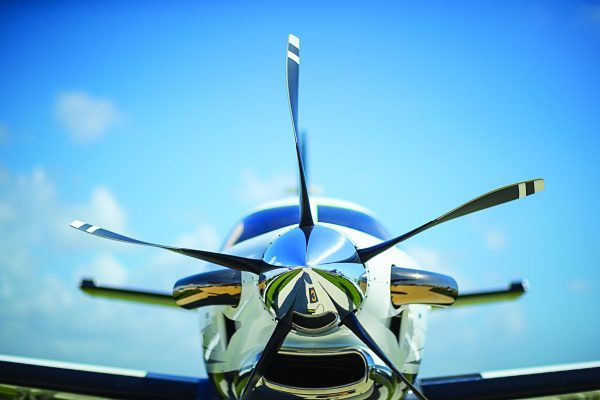The image above shows a Qantas A380, the largest passenger jet in the market, landing on a runway in Europe. The A380 can hold around 853 passengers at its max capacity, which is more than double the capacity of its closest rival, the Boeing 747.
Currently, 60% of the aviation market is controlled by single-aisle aircraft. Larger planes, like the A380 and 747, which are four times larger than single-aisle aircraft, only make up around 19% of the post-pandemic market. Additionally, the use of wide-body aircraft has decreased by 56.4% and is expected to plunge by 70% of their original use in the next decade. The reduction of wide-body aircraft is due to the release of new, more fuel-efficient planes that provide cheaper seats without needing to spend large amounts of money on fuel.
Historical Significance
The first prototype of the large airliners came in 1969 when Boeing released a newer plane that was 2½ times larger than the 707. This large amount of seating in the aircraft allowed carriers, assuming they have enough passengers to fill up the space, to effectively reduce the cost per person on these flights, which is reflected in a 30% reduction of ticket price by 30% on average when airlines flew the 747. The 747 was a big success for Boeing, which their rival, Airbus, further expanded on price per passenger with the launch of the A380 in 2007. Their wide-body A380 was a re-engineering of the aging 747, with almost double the amount of seats and reduced ticket prices by 50% on average.
Resurgence Drivers
Since the end of the COVID-19 pandemic, passenger traffic has increased by 55% from 2021 and overall seating capacity has grown by 32% over the same duration. Due to the increase in passenger travel, airlines are being pressured to service these passengers without charging high ticket prices. With this high demand, airlines are turning toward larger seating capacities, which are best serviced with wide-body aircraft. Airbus, the manufacturer of the A380, has improved their single-aisle aircraft with more fuel-efficient engines. This concept can be applied to the A380, which would drive airlines to use these large airliners because the price per passenger would be lower, due to high seating capacity and low fuel burn.
Challenges Ahead
While these larger, more fuel-efficient planes may seem like the best option to solve these upcoming travel demands which are expected to rise above pre-pandemic levels, there are many issues with operating wide-body aircraft. One of these problems arises with the aircraft’s massive size. The A380 weighs upwards of 580 tonnes (over 1.2 million pounds) which restricts the aircraft to only be able to service 140 airports worldwide. Additionally, the aircraft costs $2.5 million a year for only maintenance, whereas an A320, Airbus’ most popular single-aisle aircraft, only costs around $100,000 a year for servicing.
Innovations & Advancements
The airline company Boeing has made many advancements in its aircraft since the 747. including better and more fuel-efficient engines, more aerodynamic airframes, and more advanced flight computers and weather forecasts. Studies show that the 787 Dreamliner, Boeing’s newest plane, is 20% more fuel efficient, due to its lighter frame and fuel-efficient engines, than other comparable aircraft. To achieve a lighter airframe, Boeing built the 787 out of Carbon fiber reinforced plastic and other composites which made the zero fuel weight of the 787 30,000 to 40,000 lbs lighter than Airbus’ A330. The engines for the 787 were also improved, adding 12,000 lbs more thrust than the 747, while burning half the amount of fuel as the 747.
Economic & Environmental Impact
CO2 emissions are a common problem for the airline industry, and manufacturers are working to improve the environmental impacts of their planes. In 2022, the airline industry accounted for 2% of the world’s CO2 pollution, having grown faster than rail, road, and shipping. In the recovery of passenger demand following the COVID-19 pandemic, CO2 emissions have reached 80% of their prepaid pollution levels, and a study by the University of Michigan Transportation Research Institute showed that cars on average emit 57% more CO2 than air transport methods.
Notable Case Studies
Emirates, the largest carrier of the A380 has utilized the large aircraft in its hub and spoke model for transporting passengers. A hub and spoke method works by connecting passengers to their destinations by first connecting them to a major airport, and then flying passengers from that major airport to their destinations. Emirates also operates this kind of model, and it has proved the A380 worthy for their operations. If you wanted to fly Emirates from Salalah to Madrid aboard Emirates, you would first be flown to the UAE’s Dubai airport before taking a long A380 flight to Madrid. In this system, the A380 can be used to transport more passengers on these routes while having a smaller economic impact.
Conclusion & Future Outlook
While the original A380 is now out of production, the A380’s wide-body design may not be out of production forever. With the continuous rise in passenger traffic, airlines that run the hub and spoke method may see further use for wide-body aircraft to connect passengers to all of their destinations without further damaging the environment.






